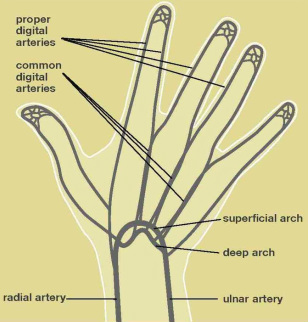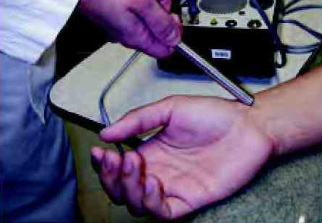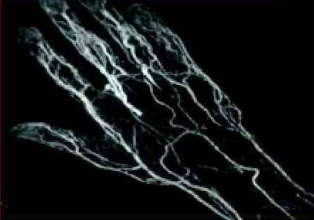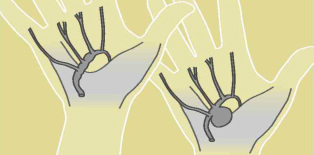MAKE AN APPOINTMENT TODAY!
Vascular Disease
Reproduced with permission from the American Society for Surgery of the Hand www.handcare.org
|
Ask Dr. Izadi
Wide Awake Hand Surgery Most hand and wrist conditions including fractures can be treated under local anesthesia.
Learn More
Second Opinion Your peace of mind is invaluable and getting a second opinion is easy.
Learn More
Where Does It Hurt? Not sure what your symptoms mean? This interactive tool may help you.
Learn More

Dr. Izadi in the News Blog |
Disclaimer and Privacy
IZADIHAND.COM © 2011-2022 Kayvon David Izadi MD - All Rights Reserved
Webmaster
IZADIHAND.COM © 2011-2022 Kayvon David Izadi MD - All Rights Reserved
Webmaster





